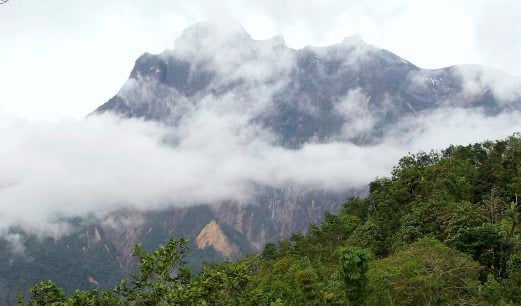KOTA KINABALU - A series of aftershocks at regular intervals since the 5.9 magnitude Mount Kinabalu earthquake looks “abnormal” to Universiti Malaysia Sabah (UMS) geologist Dr Felix Tongkul.
He said the aftershocks with magnitudes ranging from 2 to 5.1 following the June 5 earthquake might indicate an activation of dormant fault lines in the area of the mountain that forms part of the Crocker Range.
“This is likely related to the relatively young age of the mountain,” said Tongkul, explaining that Mount Kinabalu was seven million years old, while other mountains were between 30 and 50 million years.
“We have a mountain that is quite unpredictable,” he said, adding that under normal scenarios, an earthquake would be followed by aftershocks of smaller intensities that eventually taper off.
Tongkul, however, added that the regular aftershocks were not an indication of another major earthquake.
“The stored energy has been released. It takes time for such energy to accumulate again,” he said.
The Malaysian Meteorological Department recorded a magnitude 4 “weak earthquake” about 11km northwest of Ranau at 5.58am on Thursday.
It was the latest aftershock that was felt in Ranau and parts of the west coast including Kota Kinabalu.
by Ruben Sario Star online


No comments:
Post a Comment